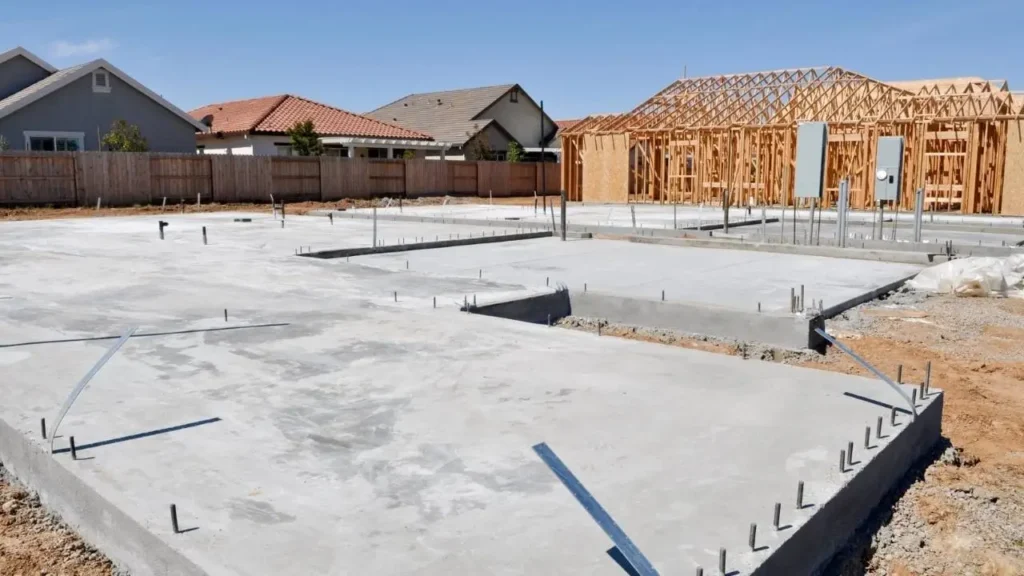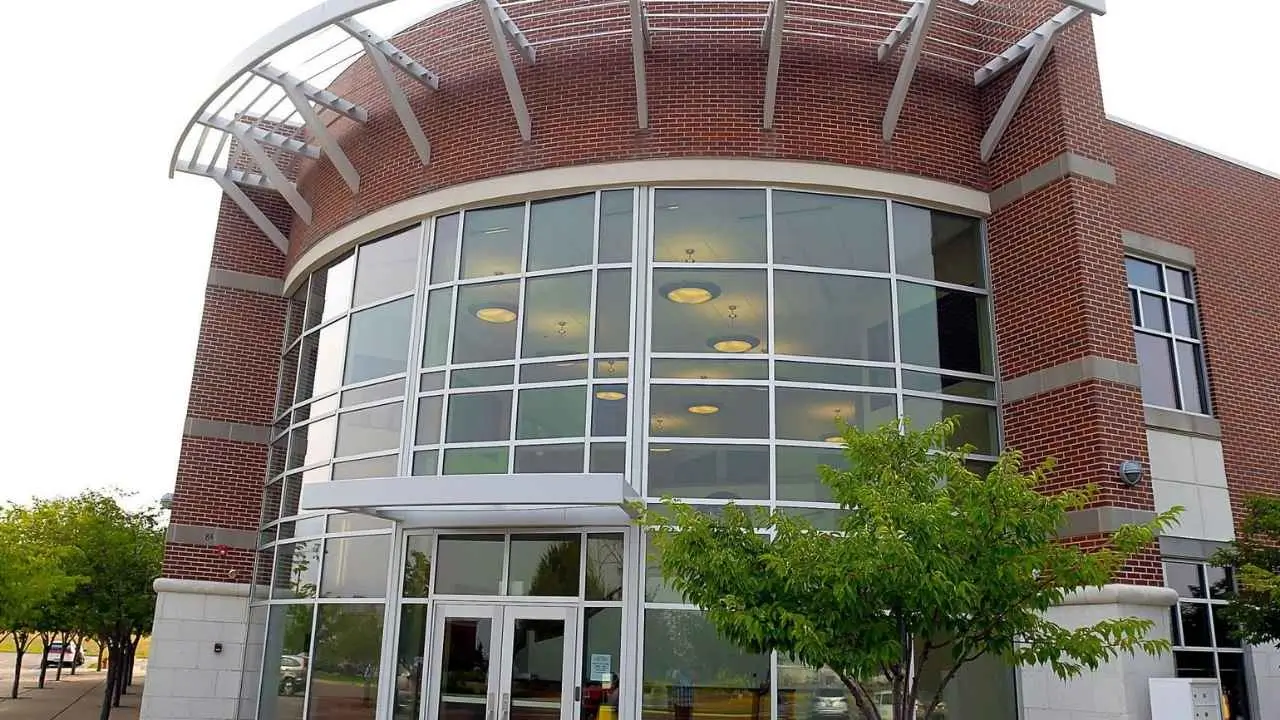Local building codes are vital tools in safeguarding communities against seismic and flood risks. These regulations are designed to ensure that structures are built to withstand natural disasters, helping to protect both lives and property. As climate change leads to more intense weather events and seismic activity remains unpredictable, local governments are increasingly focusing on updating these codes to better prepare for future disasters. By reinforcing construction standards, these codes aim to reduce the toll on communities from earthquakes, floods, and other catastrophic events.

Building on Solid Ground
| Key Fact | Detail/Statistic |
|---|---|
| Seismic Risk Areas | Over 40% of U.S. residents live in areas at risk for earthquakes. |
| Flooding Impact | Flooding caused $7.9 billion in damages in 2023 alone. |
| Building Codes Adoption | More than 80% of U.S. cities have updated building codes for seismic risks. |
Local building codes are critical in reducing the impact of seismic and flood hazards. As natural disasters continue to become more frequent and severe, these codes will remain an essential tool for protecting communities and minimizing damage. Although enforcement and financial challenges persist, the ongoing adaptation of building codes, along with advancements in technology, offers hope for more resilient infrastructure in the future. Local governments must continue to strengthen these regulations to ensure that communities are prepared for the challenges ahead.
The Importance of Local Building Codes in Mitigating Risks
Local building codes are among the most important tools to reduce the damage caused by natural disasters. Whether designed to withstand earthquakes, floods, or other disasters, these codes provide a framework for how buildings must be constructed to keep them structurally sound during extreme conditions. The core objective of building codes is to protect public safety and minimize the potential for death and injury caused by these events.
Strong building codes can dramatically reduce the impact of disasters. This is especially true in regions prone to earthquakes, where buildings must be designed with materials that can absorb and withstand seismic activity. In flood-prone areas, elevated structures and water-resistant materials are essential to protect homes and businesses from damage.
Updated building codes can reduce both the loss of life and property damage in the aftermath of a natural disaster. For example, in cities like Los Angeles, which are located along the San Andreas Fault, building codes have evolved significantly over time to reflect the latest research on earthquake resistance. These updated codes mandate the use of flexible materials and reinforcement techniques to ensure that buildings can absorb the forces generated by seismic events without collapsing.
Seismic Regulations: Preparing for the Earthquake Threat
Earthquakes are among the most devastating natural disasters, and they can strike unexpectedly. For regions like California, Japan, and New Zealand, where seismic activity is a constant threat, building codes have been developed to ensure that new and existing buildings can withstand the forces of earthquakes.
Over 40% of U.S. residents live in areas at risk of seismic activity. In these regions, buildings are required to adhere to specific standards, including reinforced foundations, flexible materials, and seismic bracing. These codes are based on decades of research into the behavior of buildings during earthquakes, and they help to minimize the destruction of structures while ensuring the safety of residents.
For example, San Francisco and Los Angeles have implemented some of the most stringent earthquake building codes in the country. Following the 1989 Loma Prieta earthquake and the 1994 Northridge earthquake, these cities strengthened their construction regulations to protect against future seismic events. In addition to requiring more robust structural designs, these regulations also include guidelines for retrofitting older buildings to meet modern standards.
In Japan, one of the most earthquake-prone nations in the world, building codes were significantly improved after the 2011 Tōhoku earthquake. New regulations mandate that buildings be designed to absorb seismic energy, with advanced technology allowing structures to shift and sway without losing their stability. These codes are constantly evolving as new engineering techniques and seismic data become available.
Flood Regulations: Safeguarding Against Rising Waters
Flooding is another significant risk, and as climate change accelerates, the frequency and severity of floods are expected to increase. Flooding caused approximately $7.9 billion in damages in 2023 alone. In response, local governments have been revising building codes to better protect against the increasing threat of floods.
Flood-prone areas, such as those near rivers, coastal regions, and low-lying areas, require specific building strategies to mitigate flood damage. Local building codes now mandate that new constructions be elevated above predicted flood levels. This can be achieved through the use of stilts or raised foundations that keep buildings above the floodwaters.
For example, after Hurricane Katrina devastated New Orleans in 2005, the city updated its flood codes to require elevated structures in flood-prone areas. In addition to elevation, building codes now require the use of waterproof materials for construction, such as flood-resistant windows, doors, and specialized concrete. These codes also specify drainage systems that help to prevent water from collecting around buildings during heavy rainfall.
In coastal areas where storm surges and sea-level rise are increasing, some cities have started requiring “wet floodproofing,” which allows water to flow through the building without causing structural damage. This involves using flood-resistant materials and ensuring that the building’s interior can withstand flooding without incurring significant damage.
How Local Governments Adapt Building Codes to Address Changing Risks
Local governments are continually updating building codes to address the changing nature of disaster risks. As both seismic activity and extreme weather events become more frequent and severe, it is essential for building codes to reflect the latest research, technologies, and environmental conditions.
In Miami, local officials recently updated the city’s building codes to address the ongoing threat of sea-level rise. These revisions ensure that new buildings are constructed to withstand higher storm surges and more intense flooding events. Similarly, Portland, Oregon, revised its building codes to enhance earthquake resilience after scientists identified significant seismic risks in the region.
The role of federal agencies is crucial in helping local governments update their building codes. These agencies provide both financial resources and technical expertise to support the development of resilient infrastructure. Local authorities benefit from the partnership between various levels of government to ensure that communities are equipped with the most up-to-date tools to protect them from natural disasters.
The Economic Impact of Stronger Building Codes
While implementing stronger building codes can be expensive, the long-term benefits far outweigh the costs. Investing in disaster-resistant construction can result in significant savings. For every dollar spent on disaster-resistant measures, communities can save up to $6 in future recovery costs.
In Japan, the rigorous building codes have significantly reduced the economic impact of earthquakes. After the 2011 earthquake, the resilience of newly built structures helped to minimize damage and facilitated faster recovery. In the United States, cities like Los Angeles and San Francisco have seen similar benefits, with modern construction codes preventing widespread destruction during seismic events.
In New Orleans, the city’s updated building codes following Hurricane Katrina have helped to minimize the damage from subsequent storms, allowing the city to recover more quickly and reducing the cost of rebuilding. Similarly, Miami’s flood codes have saved millions of dollars in potential damage from hurricanes and rising sea levels.
The economic advantages of updated building codes are not just financial—they also improve the quality of life in communities by providing safer living environments and reducing the anxiety and stress associated with living in disaster-prone areas.
The Role of Technology and Innovation
As technology advances, building codes are evolving to incorporate new techniques and materials that enhance disaster resilience. Innovations such as smart building materials and automated flood barriers are starting to be integrated into local construction regulations. For example, self-healing concrete, which can repair its own cracks, is being used in areas vulnerable to earthquakes.
In flood-prone areas, smart sensors are being installed to monitor water levels and automatically deploy flood barriers when necessary. These technological advancements make it possible for buildings to respond in real-time to changing environmental conditions, further strengthening the resilience of communities.
In San Francisco, some new buildings incorporate seismic dampers that can absorb the energy produced during an earthquake. These innovations represent the future of disaster resilience, where building codes adapt not only to environmental conditions but also to technological advancements.
Logan’s Housing Crunch: Where the Middle Class Is Being Squeezed Out
Challenges in Enforcing Building Codes
Despite the critical importance of building codes, enforcement can be a major challenge. In many regions, older buildings do not meet modern codes, leaving them vulnerable to disasters. Retrofitting existing structures to comply with new regulations can be costly, and property owners may be reluctant to invest in these upgrades without financial incentives or government assistance.
To address these challenges, some cities offer grants or tax incentives to help property owners retrofit older buildings. Public education campaigns are also crucial to raise awareness about the importance of updating buildings to meet modern standards. Community involvement in the planning and implementation of these codes is essential to ensure that the public understands the value of these measures and supports their enforcement.

















